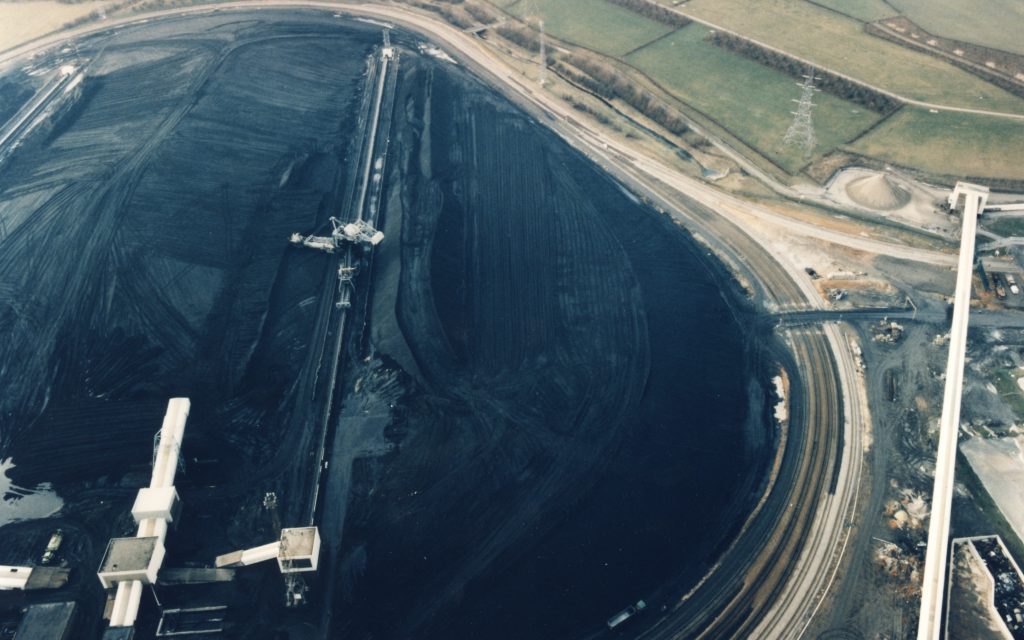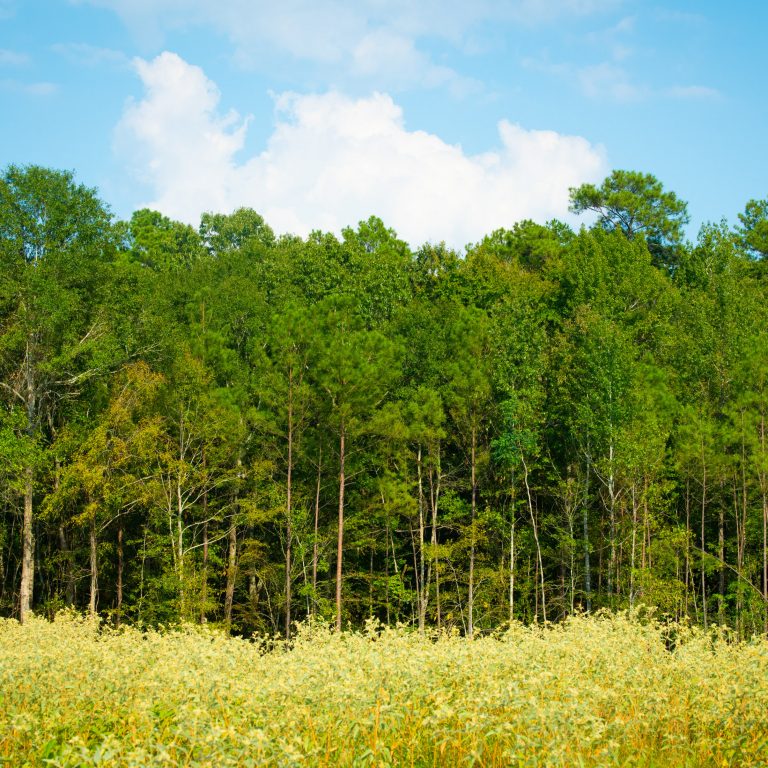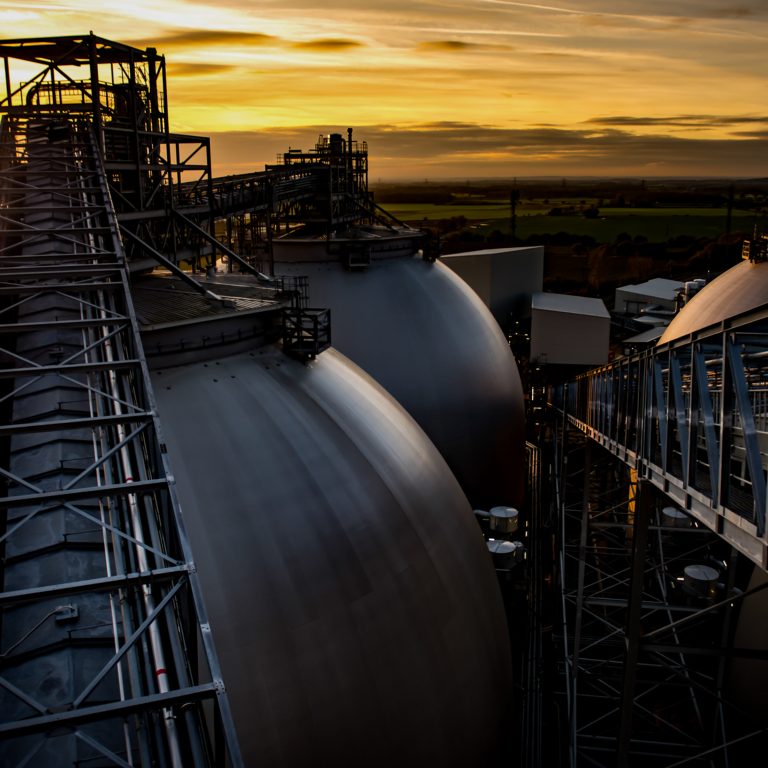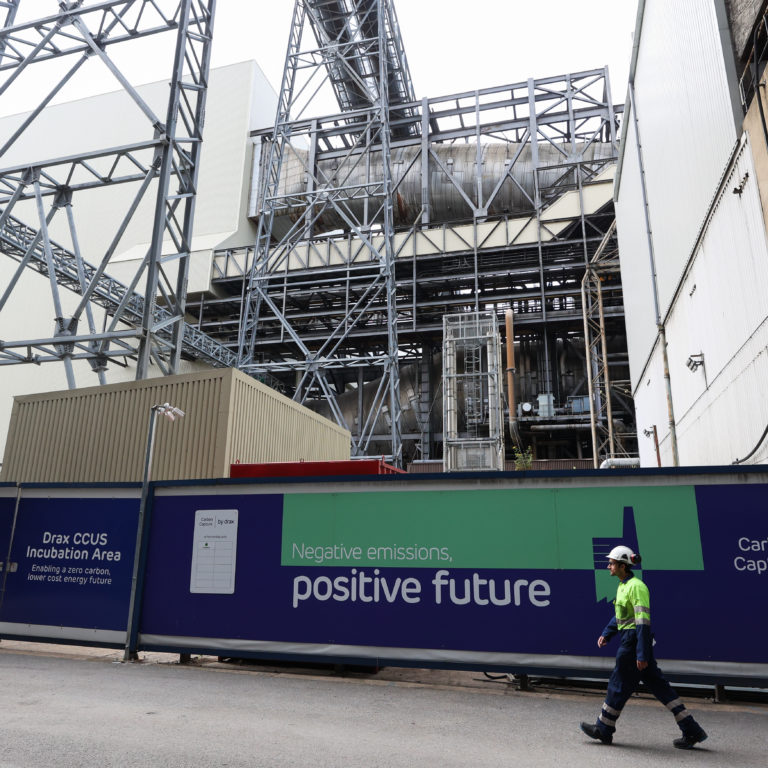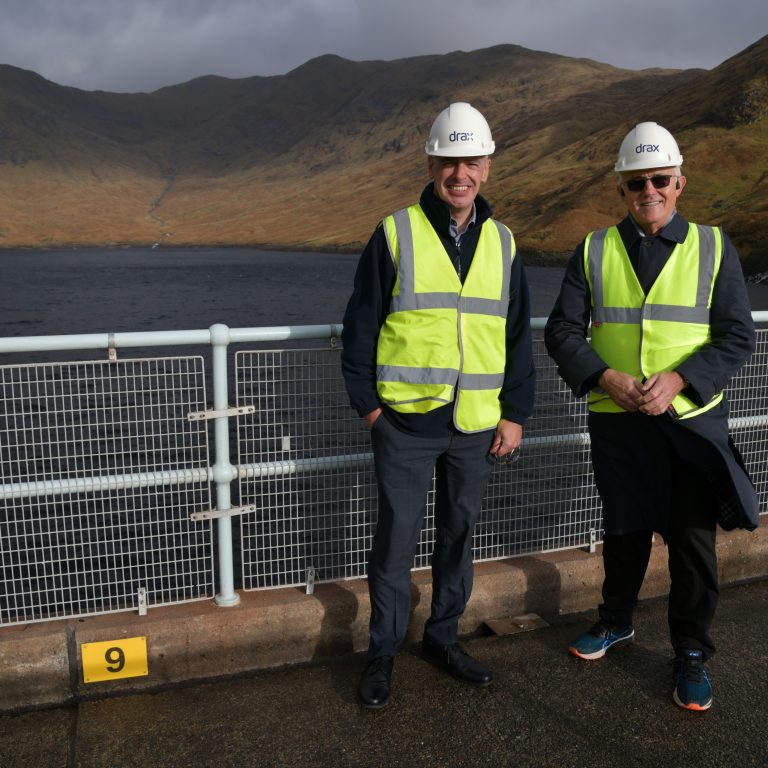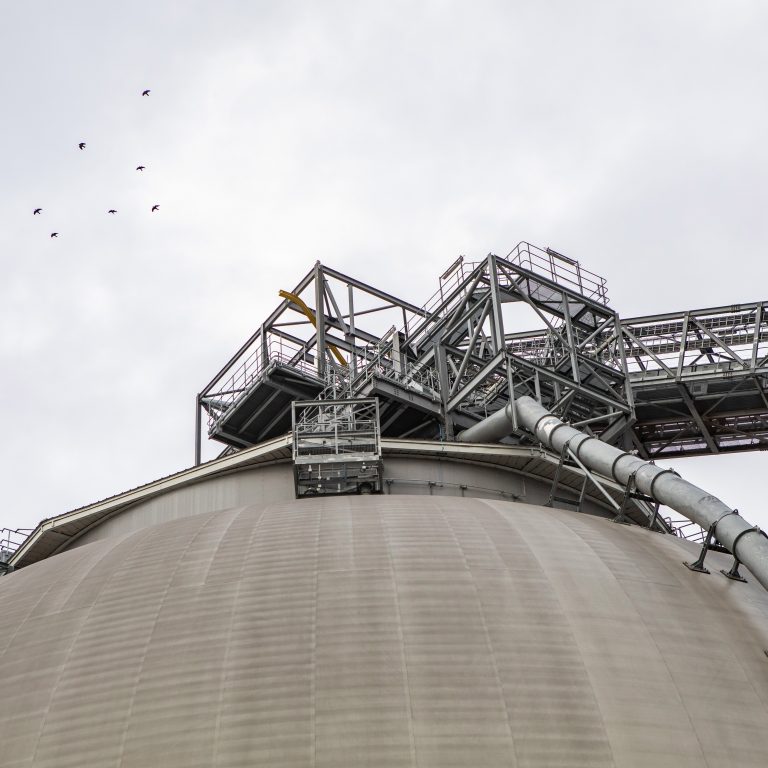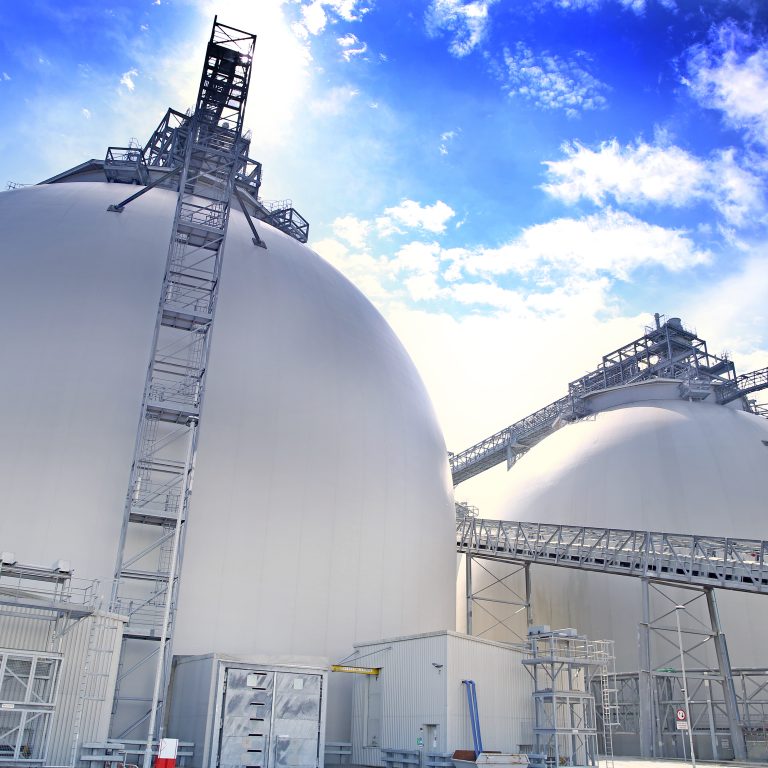**9 May 2019 update: we have updated this story to mark the new GB record of continuous coal-free hours since 1882**
3490 BC
Households in China work out how to use coal for heat. The coal was bulky to transport, so settlements near forests probably burned it less often than wood.
4th century BC
Greek scientist Theophrastus makes a reference to coal as a fuel in his treatise, ‘On Stones’.
2nd century AD
By the 2nd century AD, the Romans were using coal from most of the main coalfields in Britain. Archaeologists have found flint axes from before the Roman era still embedded in coal. There is evidence that at this time people dug up coal on beaches then followed the seam of coal inland, encouraging them to investigate more sophisticated ways to mine it.
First millennium
Although it’s hard to date them precisely, early mines called ‘bell pits’ – deep holes which tapered outward at the bottom like a bell to provide a bigger surface area for mining – began to appear in the early part of the first millennium. These were lit by large candles burning animal fat and were dangerous: rocks could fall onto the miners and sometimes the pit would collapse entirely.
13th and 14th centuries
Room and pillar mines emerged as larger, more sophisticated versions of bell pits. In these pillars of coal were left standing to support the roof.
16th century
From the 1500s, mining expanded significantly. At this time coal was mostly used for heat by less well-off people. One observer wrote in 1587 that old men told him about “the multitude of chimneys lately erected, whereas in their young days there were not above two or three, if so many, in most uplandish towns of the realm.”
1700
Great Britain was producing 2.7 million tonnes of coal per year, mostly for use in metal production.
1750
In just half a century Britain ramps up coal production: it was producing 4.7 million tonnes of coal per year.
1763 to 1775
James Watt develops his steam engine, which was used to drain mines. Despite this, flooding remained a problem.
1800
By the turn of the nineteenth century, Great Britain was producing 10 million tonnes of coal, driven by the rising demand of the Industrial Revolution. From about 1800, miners began to leave timber supports in place to hold up the roof of their pits, allowing them to follow coal seams deep into the earth. This was known as longwall mining.
1815
Sir Humphrey Davy invents his safety lamp. It had a wire gauze around it so the flame would not encounter any gas and cause explosions. It became known as “the Miners’ Friend”.
1850
Great Britain was producing 50 million tonnes of coal.
1882
The world’s first steam driven power station was built on coal at Holborn Viaduct in London. It had a 27 tonne generator, enough to light 1,000 lamps. Later it was expanded to power 3,000. A second coal-fired power station opened later that year in the United States at Pearl Street Station in New York City. It initially served a load of 400 lamps and 82 customers but by 1884 it was powering more than 10,000 lamps.
1900
Great Britain was producing 250 million tonnes of coal.
1947
All Great British coal mines were nationalised (bought by the government) and placed under the control of the National Coal Board.
1974
After the Selby coalfield was discovered in 1967, Drax Power Station was opened.

1988
Drax became the first coal-fired power station to install flue-gas desulphurisation technology, which removes 90% of coal’s harmful sulphur dioxide (SO2) emissions.
1994
From the eighties onwards, many coal mines closed and in 1994, British Coal (the successor to the National Coal Board) was privatised.
2004
As a result of UK mine closures and proposed emissions regulations coming into force from 2008, power stations started to increase the amount of coal they imported. Drax Power Station’s supply was initially split between 50% indigenous coal and 50% imported. There was a steadily increasing emphasis on imports for the decade thereafter.
2008
The Large Combustion Plant Directive (LCPD) came into force across the EU, limiting emissions of SO2, NOx and particulates.
2009
The Drax team successfully adapted the boilers of the plant to combust wood pellets. This was proof that a coal-fired power plant could be converted to biomass.
March 2013
The White Rose carbon capture and storage (CCS) project was announced as one of two preferred bidders in the UK’s £1bn CCS Competition. This project looked to build a new 448 MWe coal-fired power station with CCS capabilities on the existing Drax Power Station site in Yorkshire. With CCS technology installed, the power station would be able to capture and safely store carbon emissions underground rather than releasing them into the atmosphere.
1st April 2013
The Carbon Price Floor was launched in the UK. A tax on carbon dioxide (CO2) emissions, it is designed to provide an incentive to invest in low-carbon power generation.
September 2015
Due to reduced renewable subsidies, Drax withdrew from the White Rose CCS project.
18th November 2015
The UK government announced its intention to close all unabated coal-fired power stations by 2025 and restrict their usage from 2023 to meet the challenge of climate change. Drax aims to end its reliance on coal even quicker. Drax CEO Dorothy Thompson has talked about the possibility, given the right support, to have all coal units taken off the Drax system by 2020, if not before.
25th November 2015
The UK government cancelled its £1bn competition for CCS technology.
18th December 2015
On this day the last large scale deep coal mine in Great Britain – Kellingley in North Yorkshire – closed. UK producers were struggling to compete with lower priced, lower nitrogen oxides (NOx) emitting coal from oversees.
1st January 2016
The Industrial Emissions Directive is enforced in the UK and the rest of the European Union, putting stricter limits on the amount of NOx emitted into the atmosphere. From this point on coal power stations can either limit their availability to generate electricity or invest to adapt their boilers and use emissions abatement technologies.
May 2016
Great Britain saw its first day generating electricity without using any coal since the opening of the first UK power station in 1882.
September 2016
Drax and other energy companies write to the UK government in support of maintaining, rather than scrapping, the Carbon Price Floor.
April 2017
The first coal-free 24-hour period on Great Britain’s electricity system since 1882.
April 2018
UK government minister Claire Perry announced Drax had joined the Powering Past Coal Alliance, just three days after Great Britain’s fourth 24 hours free from the carbon-intensive fuel.
May 2019
A new coal-free record for Britain’s electricity system of 8 days, 1 hour and 25 minutes.
Present day
Drax Power Station is Europe’s largest decarbonisation project. Four of its six electricity generation units now run exclusively on biomass – reducing carbon emissions by more than 80%. Currently 75% of its electricity per year is generated using renewable, rather than fossil fuel. The last two coal units could be turned off by 2023.








